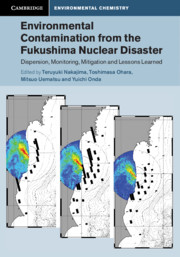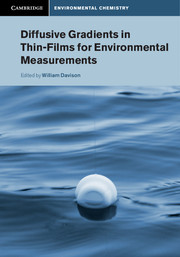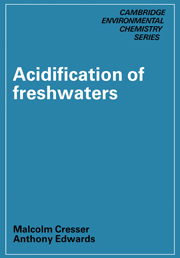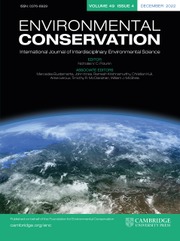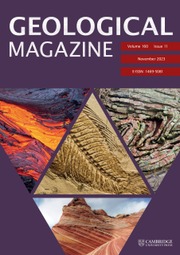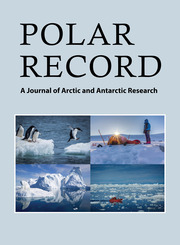Environmental Contamination from the Fukushima Nuclear Disaster
The 2011 disaster at the Fukushima Daiichi Nuclear Power Station led to serious radioactive contamination of the environment. Due to transportation by seasonal wind and ocean currents, these radioactive materials have now been observed in many places in the Northern Hemisphere. This book provides a unique summary of the environmental impact of the unprecedented accident. It covers how radioactive materials were transported through the atmosphere, oceans and land. The techniques used to investigate the deposition and migration processes are also discussed including atmospheric observation, soil mapping, forest and ecosystem investigations, and numerical simulations. With chapters written by international experts, this is a crucial resource for researchers working on the dispersion and impact of radionuclides in the environment. It also provides essential knowledge for nuclear engineers, social scientists and policymakers to help develop suitable mitigation measures to prepare for similar large-scale natural hazards in the future.
- Provides unique insight into the experiences of scientists dealing with Fukushima Nuclear Disaster, including useful information for social scientists and science communicators interested in disaster management
- With chapters by international authors, the book discusses how international research can aid local scientists and society in the event of such disasters
- Updated from the original 2014 Japanese edition, this volume has thirty percent revised material and includes new analysis of suspended particulate matter samples for determining radioactive iodine and caesium concentrations in the atmosphere
Product details
August 2019Adobe eBook Reader
9781108645645
0 pages
This ISBN is for an eBook version which is distributed on our behalf by a third party.
Table of Contents
- Preface
- Part I. Dynamics of Radioactive Materials in the Environment:
- 1. Introduction – basic concepts regarding the Fukushima accident, radiation and radioactivity Teruyuki Nakajima, Toshimasa Ohara, Mitsuo Uematsu, Yuichi Onda, Mitsuru Ebihara, Atsushi Shinohara, Yasunori Hamajima, Yasuhito Igarashi, Tatsuo Aono, Michio Aoyama, Masayuki Takigawa and Kimiaki Saito
- 2. Estimation of environmental releases of radioactive materials Masamichi Chino, Haruyasu Nagai, Daisuke Tsumune and Yukio Masumoto
- 3. Diffusion in the atmosphere Masayuki Takigawa, Hisashi Nakamura, Yu Morino, Damien Didier, Anne Mathieu, Olivier Saunier, Denis Quelo, Akira Watanabe, Haruo Tsuruta, Daisuke Goto, Kazuyuki Kita, Mizuo Kajino, Yoshio Takahashi, Naohiro Yoshida, Isao Tanihata and Mamoru Fujiwara
- 4. Global transport of radioactive materials Taichu Yasumichi Tanaka, Toshihiko Takemura and Michio Aoyama
- 5. Ocean transport of radioactive materials Michio Aoyama, Mitsuo Uematsu, Seiya Nagao, Takashi Ishimaru, Jota Kanda,Tatsuo Aono, Yukio Masumoto, Daisuke Tsumune, Zofia Baumann, Daniel J. Madigan and Nicholas S. Fisher
- 6. Diffusion and deposition of radioactive materials in terrestrial environment Isao Tanihata, Mamoru Fujiwara, Yuichi Onda, Olivier Evrard, Patrick J. Laceby, Tetsuya Matsunaka, Kimikazu Sasa, Yoshio Takahashi, Kazuya Tanaka, Aya Sakaguchi and Chisato Takenaka
- Part II. Development and Future Issues of Infrastructure of Disaster Prevention: Preliminary remarks Tokushi Shibata
- 7. Monitoring system Hiromi Yamazawa and Yuichi Onda
- 8. Dispersion modeling of radioactive materials Haruyasu Nagai and Hiromi Yamazawa
- 9. Offsite decontamination Haruyasu Nagai and Hiromi Yamazawa
- Part III. Lessons from the Fukushima Accident and Future Issues:
- 10. Urgent actions by scientists Tokushi Shibata, Toshimasa Ohara, Teruyuki Nakajima, Hiromi Yokoyama and Masatoshi Imada
- 11. Reports from Fukushima University Teruyuki Nakajima, Tokushi Shibata, Tomoyuki Takahashi, Haruo Tsuruta, Mitsuo Uematsu, Takeshi Kawano, Atsushi Tsuda, Isao Tanihata, Mamoru Fujiwara, Takaharu Otsuka, Susumu Shimoura, Yuichi Onda, Anne Mathieu, Denis Quelo, Olivier Saunier and Damien Didier
- 12. Recommendations for the Fukushima project from foreign scientists Anne Mathieu, Denis Quelo, Olivier Saunier, Damien Didier, Nicholas S. Fisher and Olivier Evrard
- Glossary
- References
- Index.

